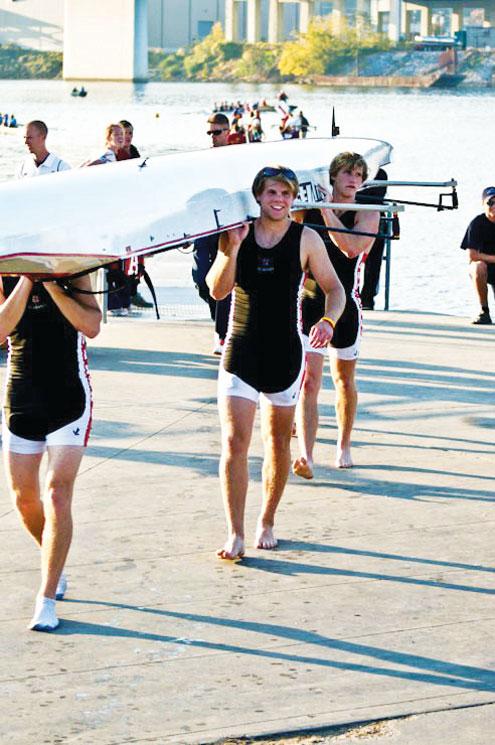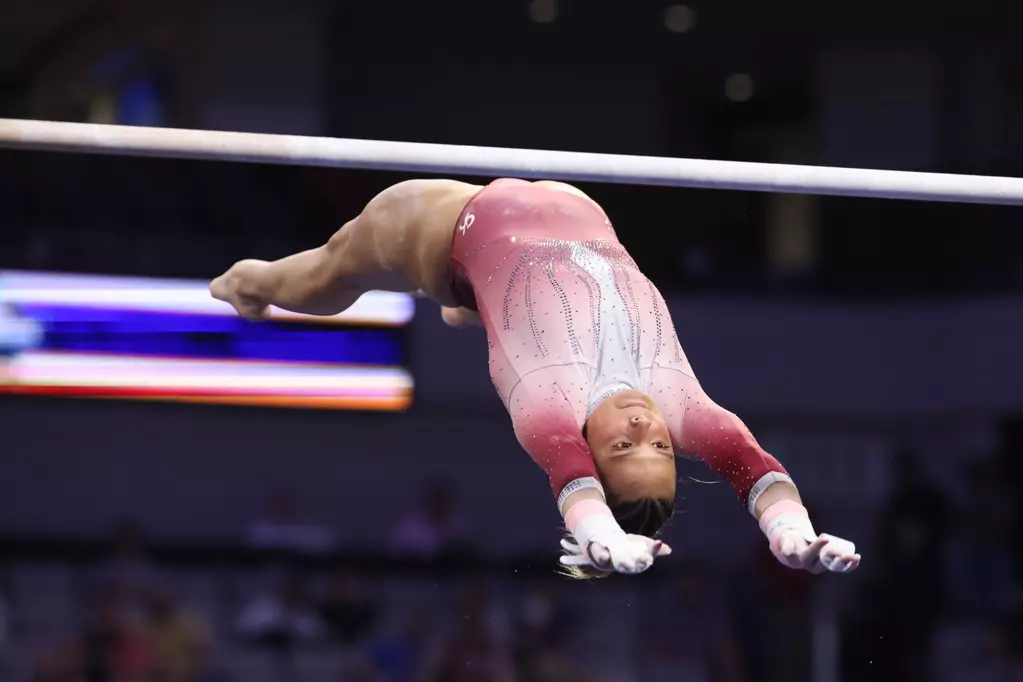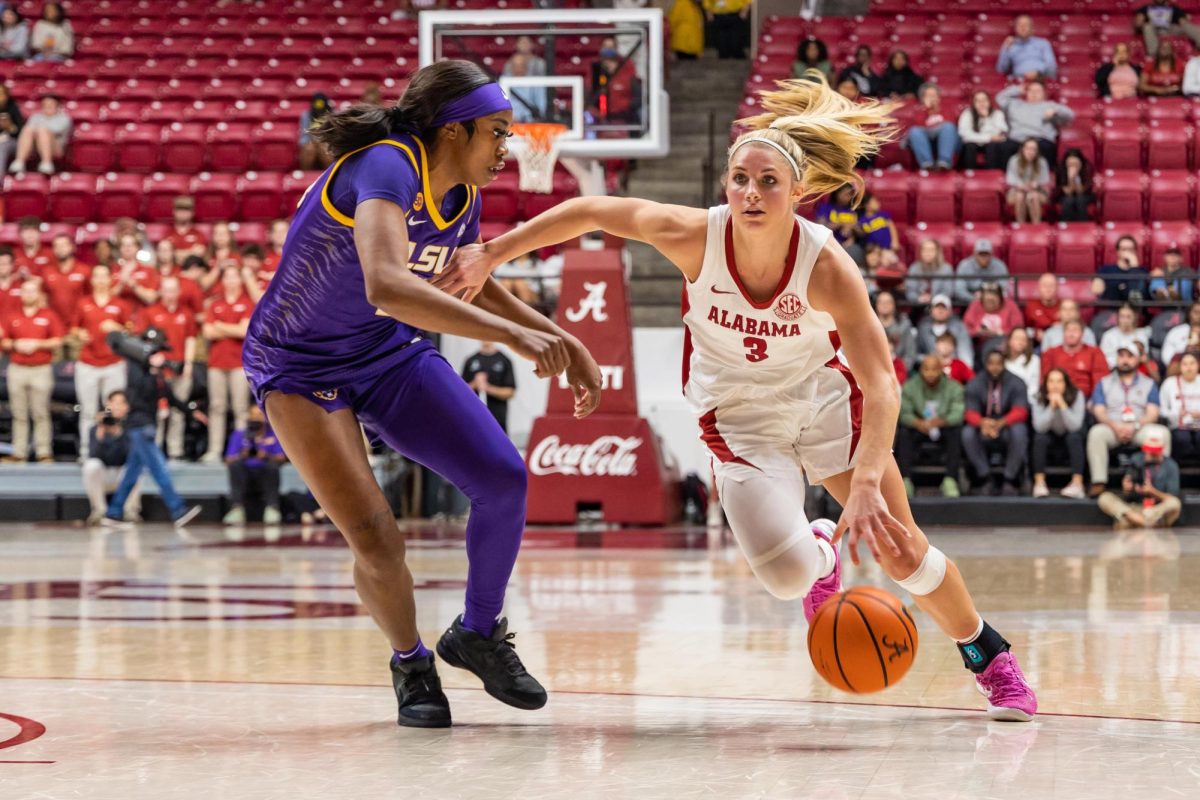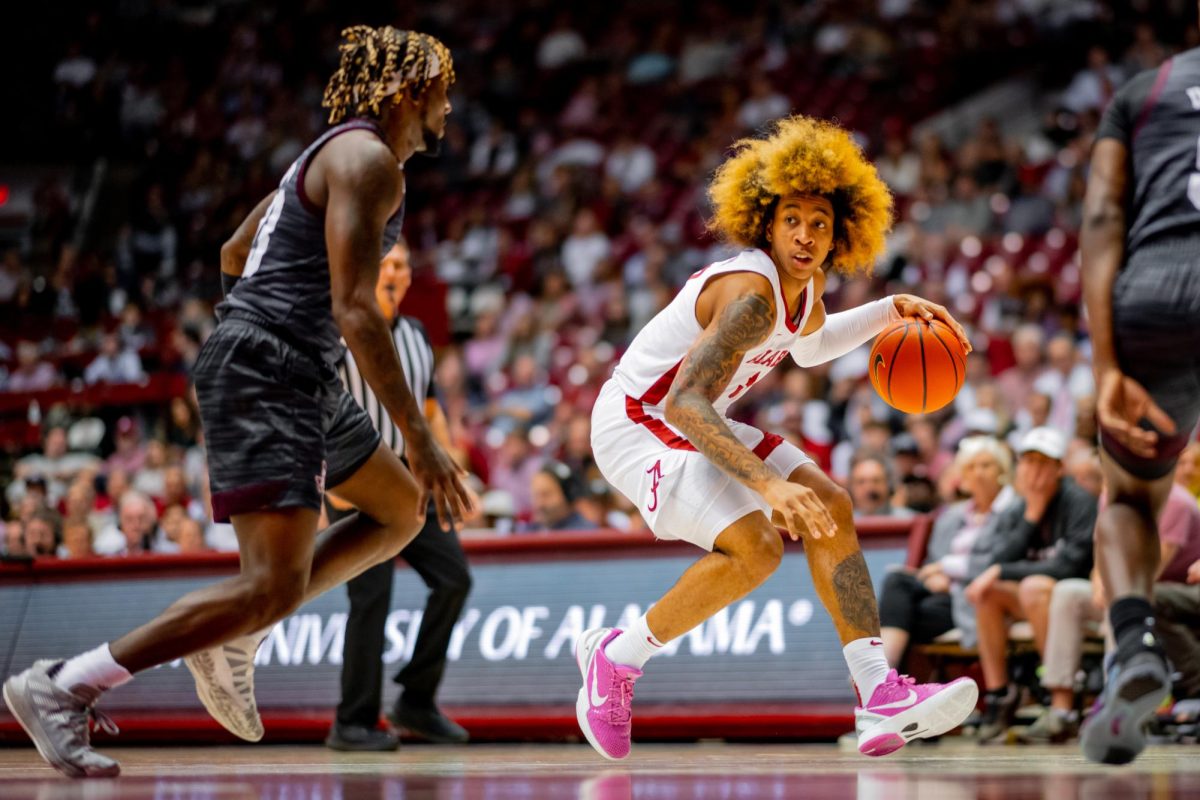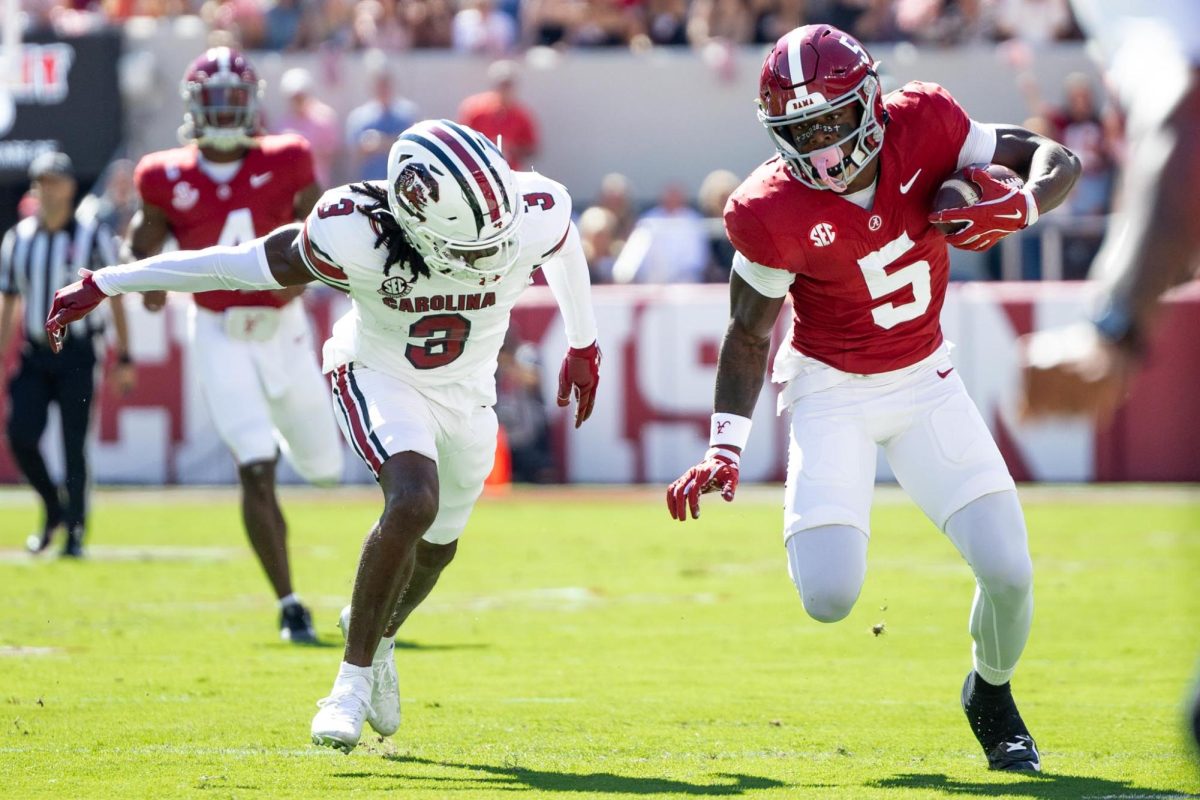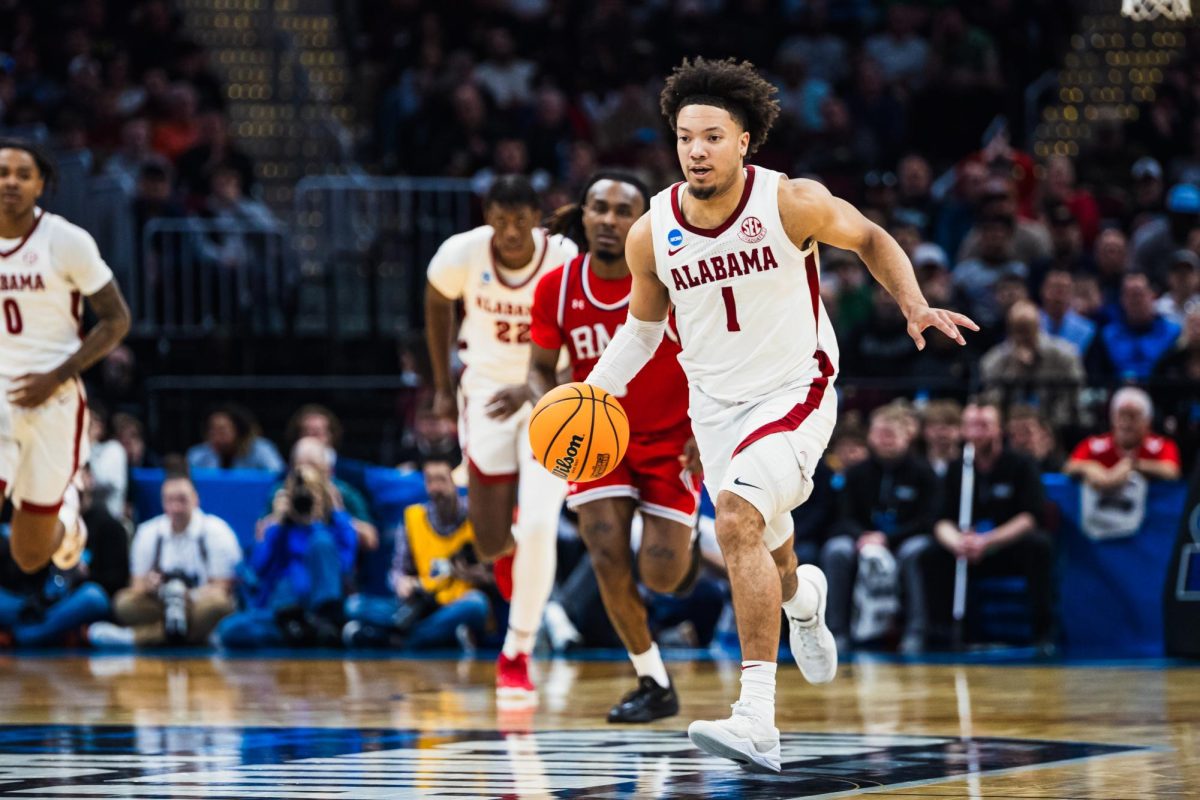When Matt Hennigan settles down in Fresh Foods for breakfast each morning, the remainder of his day looks a lot like the rest of his fellow patrons: class, homework and maybe some study-time in the library. It’s what came before the biscuit and sausage that sets Hennigan and his tablemates, all members of the Alabama Crew club, apart from the rest of the morning crowd.
Every Monday through Friday at 5:30 a.m. during the fall and spring semesters, the team holds practice on the Black Warrior River. Following a one-mile warm-up run, each workout consists of approximately an hour on the water, the sky above the rowers every bit as black as the river over which they glide. When winter weather makes it too cold to practice outside, the team exercises in the aquatic center’s weight room.
“You kind of get used to it,” Hennigan, a sophomore majoring in MIS who joined the club in the fall semester of 2010, said of the wee hour practices. “It’s forced me to start managing my time better, so that’s been a plus.”
Taylor Linville, a sophomore majoring in chemical engineering, thinks it is nice to have put an exercise session under his belt before most students are even awake
“Waking up every morning is tough,” he said in an emailed statement. “But … on the whole, it is a good feeling getting in a practice that early in the morning, knowing you have already been up for a couple of hours and done a solid workout by the time you get to class.”
In addition to all of the running and rowing, club members carry their carbon fiber vessels between the boathouse and the dock. According to Sarah Axley, a senior majoring in mathematics, the standard eight-man racing boat measures 53 feet long and weighs just over 208 pounds.
“If the boats were any longer, the coxswain could perform marriages at sea,” she said with a laugh.
Axley is a coxswain, a position akin to a ship’s captain. Usually the smaller, lighter members of a rowing team, coxswains do not paddle but rather sit facing the rowers and the course ahead, directing movements and maintaining synchronization during practices and races.
According to Axley, synchronization is crucial to success.
“There’s a lot more thinking to rowing than just the physical aspect,” she said. “You don’t just get in the water and wail on the oars. All the stuff he’s telling them, they have to think about and do, all while keeping up the paddling.”
“He” is Erik Glynn, a senior majoring in management and information science and coach of the club’s varsity division. Glynn and novice group coach Jason Grenier stepped up to guide the team in the fall 2010, when the leader at the time left to pursue a career opportunity elsewhere.
During practice, Glynn rides alongside the rowers, shouting instructions, critiques and encouragement over the hum of his skiff’s outboard motor. He prompts the rowers at periodic intervals to increase their speed for a stair-step drill in which they build up to their race pace of approximately 32 strokes-per-minute before slowing back down. He frequently reminds the crew to “keep their paddles heavy” as they accelerate the craft.
“The way you know you’re helping the boat move faster is that you’re keeping the end of the paddle heavy when you stroke the water,” Glynn said. “If you’re not getting that resistance from the water, then you’re not making the boat accelerate.”
Like Axley, Glynn also challenged the conventional wisdom concerning rowing technique: When it comes to muscles, he said, it’s not all about the upper body.
“When everyone thinks of the stereotypical rower’s build, they think of the big back and shoulders,” he said. “That has to be strong, but it’s really all about the core and legs. Look at their legs when they push off for each stroke. That’s where the power is.”
Alabama Crew’s spring season is already kicking into high gear. The club practiced throughout spring break for a St. Patrick’s Day weekend regatta in Aiken, S.C., in which the team’s varsity division four-man boat placed second and the novice group’s eight-man setup came in first.



